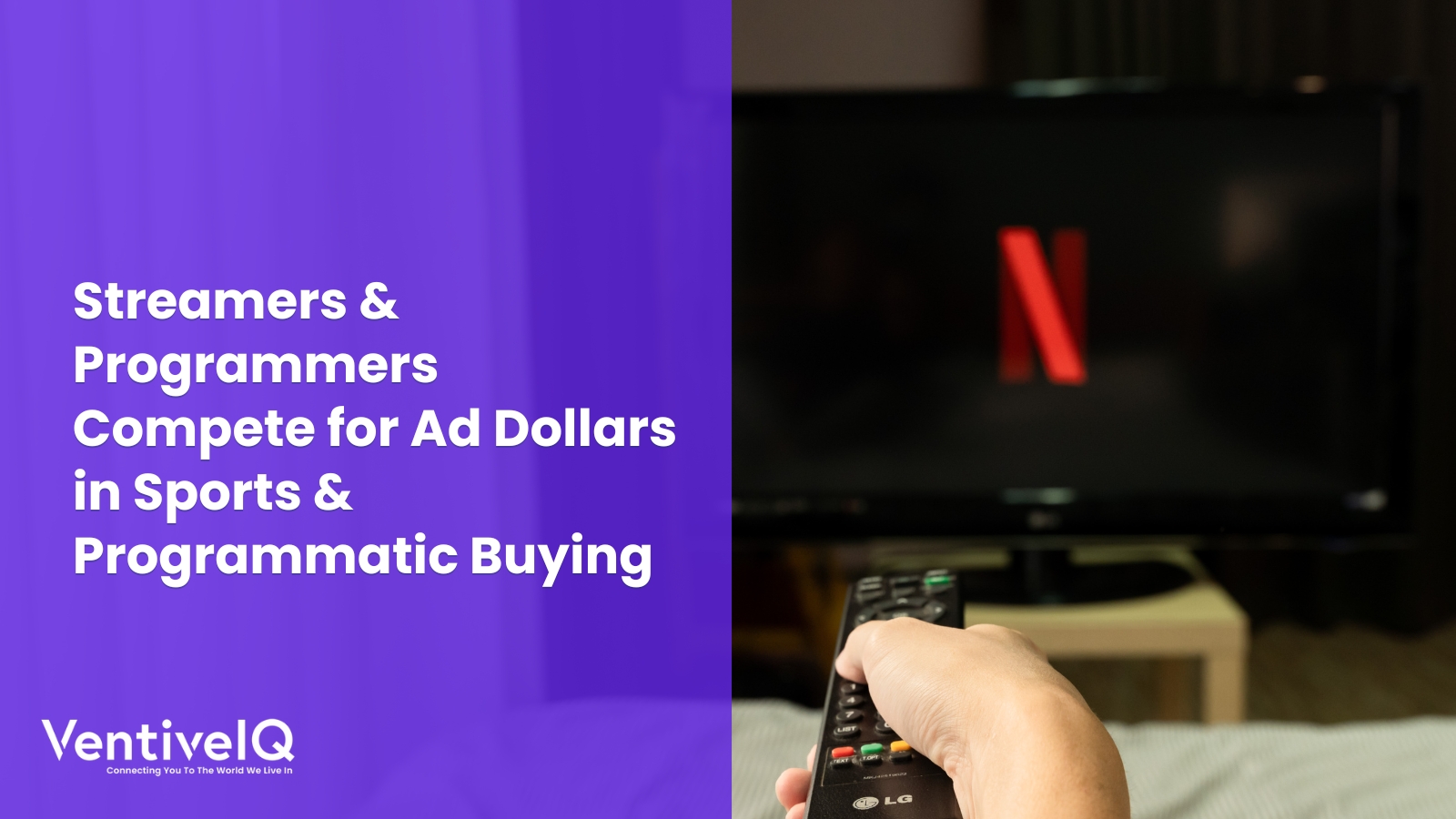Brands can gain insights into consumer behavior by combining Connected TV (CTV) & Consumer-Packaged Goods (CPG) data, leading to better targeting and higher ROI in advertising campaigns.

As technology continues to advance, so do the opportunities for brands to connect with their target audience. One of the most promising developments in recent years has been the rise of Connected TV (CTV) and Consumer Packaged Goods (CPG) data. By leveraging these two tools together, brands can create highly targeted and effective campaigns that resonate with their desired audiences. In this blog, we’ll explore how brands can use CTV and CPG data to improve their marketing efforts.
See more: Avoid CTV open auctions for improved targeting and lower fraud
What is CTV?
CTV refers to any TV that is connected to the internet. This includes Smart TVs, gaming consoles, and streaming devices like Apple TV, and Amazon Fire TV. CTV is becoming increasingly popular among consumers, with a recent study showing that 80% of US households have at least one CTV device.
What is CPG Data?
CPG data refers to data that is collected from the sales of consumer-packaged goods, such as food, beverages, personal care products, and household items. This data is typically gathered by retailers and manufacturers and can include information on sales volume, pricing, and customer demographics.
Connected TV Advertising
Connected TV refers to any television that can connect to the internet, allowing users to stream content from services like Netflix and Amazon Prime. CTV advertising involves running ads on these streaming services. It’s a highly effective way to reach audiences who have “cut the cord” and no longer watch traditional cable or satellite TV.
One of the biggest benefits of CTV advertising is that it allows brands to target their ads to specific audiences. For example, if a brand wants to reach consumers who are interested in fitness, it can run ads on fitness-related streaming services or during shows that appeal to that demographic. This type of targeting ensures that brands are reaching the right people with their message.
Consumer Packaged Goods Data Analysis
Consumer Packaged Goods (CPG) data analysis involves analyzing data on consumer behavior to gain insights into how people interact with products. This data includes information on things like purchase history, product preferences, and demographic information.
By analyzing CPG data, brands can gain insights into what motivates consumers to make purchases. For example, they might discover that consumers in a certain age group are more likely to purchase products that are sustainably sourced. This information can be used to inform marketing campaigns and product development, ensuring that brands are creating products and messages that resonate with their target audiences.
Know the Real-World Examples of Predictive Analytics!
Leveraging CTV and CPG Data Together
Leveraging CTV and CPG data together can help brands gain deeper insights into consumer behavior and optimize their marketing strategies to improve overall ROI. Here are some specific ways in which CTV and CPG data can be used together:
-
- Audience Targeting: Brands can use CTV data to identify audiences that are more likely to buy certain CPG products. For example, if a brand is selling a new organic food product, it can use CTV data to identify viewers who frequently watch cooking shows and then use CPG data to target those viewers who have previously purchased organic food products.
- Personalization: By combining CTV and CPG data, brands can create more personalized messages and offers that are tailored to individual consumers. For instance, if a viewer watches a cooking show on CTV and has a history of buying organic food products, a brand can create a personalized message for that viewer that highlights the health benefits of the organic food product.
- Optimization: CTV and CPG data can be used together to optimize ad placement and frequency. For example, a brand can analyze CTV data to determine which programs and networks are most effective at reaching their target audience, and then use CPG data to adjust their ad frequency and messaging based on the performance of their products in certain regions.
- Attribution: By using CTV and CPG data together, brands can better understand the impact of their advertising campaigns on sales. For instance, they can analyze CTV data to determine which ads are most effective at driving website traffic, and then use CPG data to track the impact of that traffic on product sales.
- Insights: Finally, CTV and CPG data can be used together to gain deeper insights into consumer behavior. By analyzing both types of data, brands can identify trends and patterns that can help them better understand the needs and preferences of their target audience and adjust their marketing strategies accordingly.
Overall, leveraging CTV and CPG data together can help brands create more effective marketing strategies that drive sales and build brand loyalty. The integration of CTV and CPG data can help brands better understand their customers and create more effective marketing strategies that drive sales and build brand loyalty.
Conclusion
By leveraging CTV data with CPG data, brands can gain valuable insights into consumer behavior, create more targeted and effective advertising campaigns, and measure the impact of their marketing efforts more accurately. As the use of Connected TV continues to grow, brands that take advantage of the data available will be well-positioned to reach and engage their target audience more effectively.



